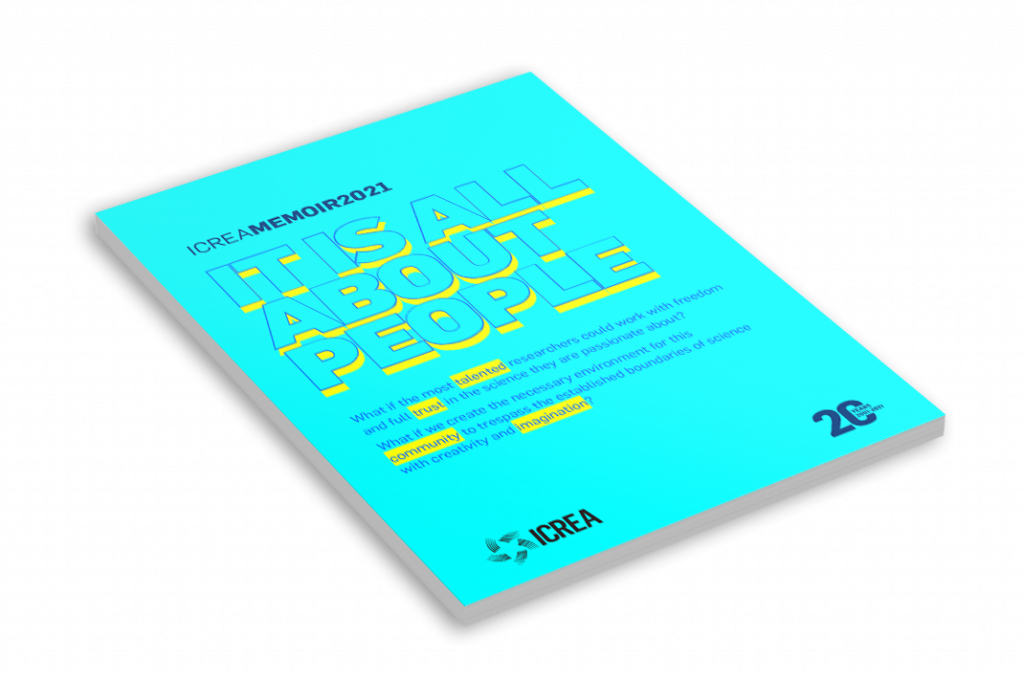I learned physics at the Autonomous University of Barcelona, and astronomy on my own and through some amateur associations in Catalonia. I did my PhD in astrophysics at Princeton University, graduating in 1991 with a thesis on gravitational lensing by clusters of galaxies and large-scale structure. I was a postdoc at the Institute of Astronomy in Cambridge, and a Long-Term Member at the Institute for Advanced Study. I joined the University of Pennsylvania as a professor of astrophysics in 1996, and then moved to The Ohio State University in 2000. I have been back to Catalonia with an ICREA position since 2005, and I am at present doing research on astrophysics and cosmology at the Institut de Ciències del Cosmos at the University of Barcelona.


